
notes on the english pointer
The Pointer, also known as the English Pointer, is powerful, graceful and
aristocratic. It carries its head proudly. The pointer has an alert expression
and a well-muscled, athletic body. The nose is set higher than the rest of
the muzzle. The stop is well-defined. Its upper lip is full but not slack.
The eyes are hazel or chestnut depending on the color of the coat. The medium-sized
ears are pendant and somewhat pointed. The teeth should form a level or scissors
bite. The neck is long. The tail is straight and tapered and is never docked.
The feet are oval. Dewclaw removal on the front legs is optional. The short,
sleek, shiny coat comes in primarily white, but may be liver, lemon, black
or orange, either solid, patched or speckled. Tri-colored is also permitted.
The nose should be the same color as the marking on the coat.
The English Pointer is full of energy and go-power. Loyal and devoted he is
a true friend. Kind and patient with children, he is a dashing gentleman.
The Pointer is affectionate, intelligent and clean. An energetic and enthusiastic
hunter, yet calm at home. Wise and adaptable to every situation. Socialize
well at an early age to combat a tendency for timidity. Some can be high-strung.
They tend to be a bit willful, distractible and reserved with strangers. It
will bark at suspicious noises, but it is not a watchdog. Show lines tend
to produce better pets. Field lines are often too active and hunt-oriented
to make good pets. Hunting instincts develop early. Puppies, even at eight
weeks old, often display pointing behavior. These fairly independent dogs
are generally good with other pets and are not usually dog-aggressive.
According
to the most credible hypothesis, the Pointer was developed two centuries ago
by crossing among the Italian Pointer, the Foxhound, the Bloodhound, the Greyhound,
the Newfoundland, the Setter, and the Bulldog. This is an almost unbelievable
mix, but it certainly has produced an outstanding result. The modern Pointer
has existed for about eighty years. The Pointer is named for the motionless
stance the dog assumes once he has found game. The direction of the point
tells the hunter where the game is hiding. The first recorded mentions of
the Pointer in England date from around 1650, when the Pointer was used to
find hare for the Greyhound to hunt. By the early 1700's the Pointer became
the dog of choice. The Pointer is renowned for his scenting prowess. He works
very quickly, covering a lot of ground. The Pointer is particularly good on
upland birds, but adapts well to other game. The breed has excellent endurance
in warm weather, but is not suited to very cold conditions. Working best on
land he is not very comfortable in water. He has a legendary tracking and
pointing skills, but is not usually expected to retrieve game. A competitive
dog, the Pointer still dominates Pointing Field Trials over all other pointing
breeds. Today, the Pointer is a family hunting dog and companion.
"The
Supermodel " - portrait of an English Pointer ...or perhaps "bagel hound'
|
for
more paintings and other dog breeds -
visit the dog painting gallery
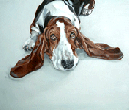 |
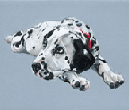 |
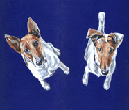 |
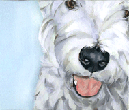 |
home | about
| gallery
| your
dog | sizes
& prices |
FAQ | dog
shop
blog | links
| testimonials
| contact us
site
designed by paintmydog © justine osborne 2002 - 2013
all
dog portraits, pictures, photos and text not to be reproduced without permission
from the artist
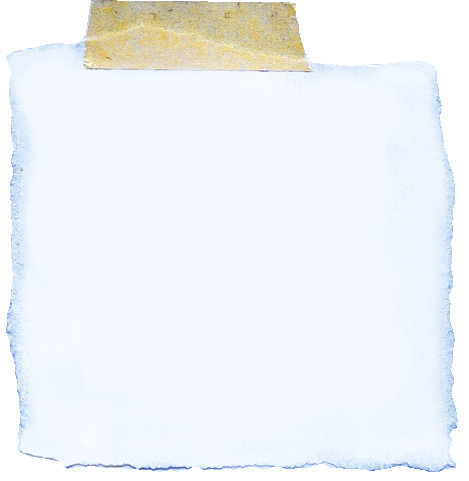 |